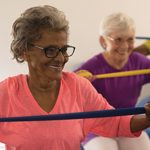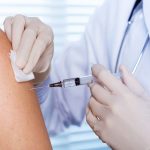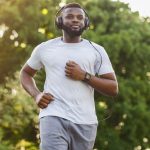
People who’ve recovered from severe COVID-19 may have stronger long-term immune protection from reinfection than those with milder illness, researchers report. They examined blood samples from 39 COVID-19 patients and 10 people who hadn’t been exposed to the virus (their blood samples were given pre-pandemic). In all, they analyzed the expression of individual genes of more than 80,000 CD8+ T-cells. CD8+ T-cells are immune cells that destroy virus-infected host cells, and “memory” CD8+ T-cells protect the body from reinfection by many types of viruses. Of the COVID-19 patients, 17 had milder illness and weren’t hospitalized, 13 had been hospitalized, and nine ended up in intensive care. The researchers were surprised to find that patients with milder COVID-19 had weaker CD8+ T-cell responses. The strongest CD8+ T-cell responses were in severely ill patients who required hospitalization or intensive care. “There is an inverse link between how poorly T-cells work and how bad the infection is,” study co-author Dr. Christian Ottensmeier said in a news release from the La Jolla Institute for Immunology in California. He’s a professor at the University of Liverpool in the U.K. and an adjunct professor at the La Jolla institute. The researchers found that CD8+ T-cells in people with mild COVID-19 had signs of T-cell “exhaustion,” in which cells receive so much immune system stimulation to combat viruses that they become less… read on > read on >


















